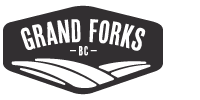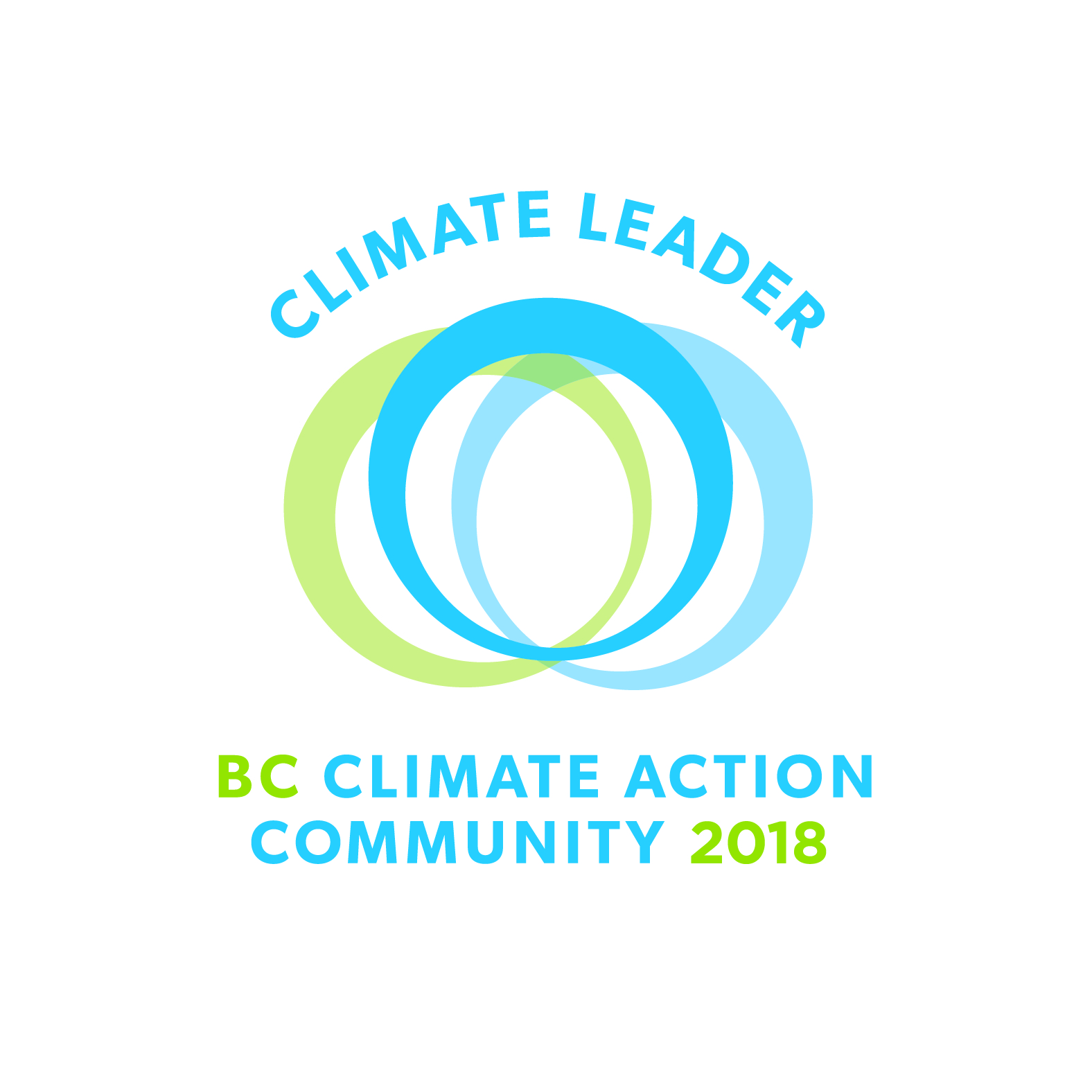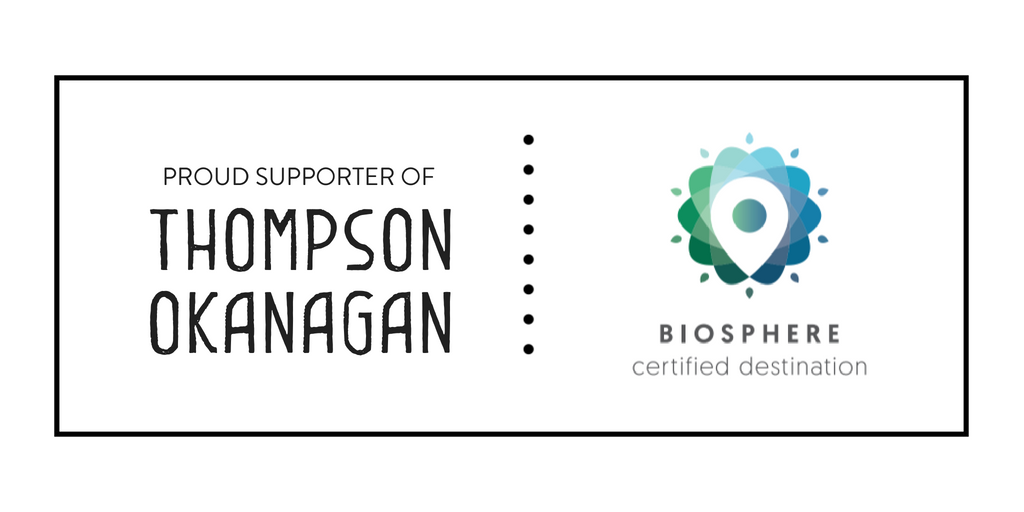Be Water Wise
Did You Know?
The average Canadian uses 329 litres of water per day, although the average Canadian thinks they use 132 litres per day.
At 720 litres a day, typical usage in Grand Forks is more than twice the Canadian average.
26% of British Columbians have no idea where the water that flows out of their tap comes from.
65% of all indoor water use occurs in the bathroom. The next highest area of use is laundry, which accounts for 20%, followed by kitchen/drinking (10%) and cleaning (5%).
Domestic water consumption can increase up to 50% in the summer months when people are watering their lawns and gardens.
When it comes to water conservation, every little bit helps. Conserving water is simple and easy and will save you money on your utility bills.
Hear are some easy tips to help you conserve water wherever you are:
In The Home
Save Water In Your Home!
Tip 1: Fix that leaky toilet and save hundreds of litres of water every year. To find out if your toilet is leaking, put food colouring in your toilet tank. If it seeps into the toilet bowl without flushing, you have a leak.
Tip 2: Shorten your shower by a minute or two and you’ll save more than 500 litres per month.
Tip 3: Invest in water savings. Energy efficient front-loading clothes washers use 35-50% less water and 30% less energy than standard washers. Use your clothes washer for full loads only.
Tip 4: Upgrade older toilets with water efficient models.
Tip 5: Install water-saving aerators on all of your faucets and water-saving shower heads.
Tip 6: When washing dishes by hand, don’t let the water run while rinsing. If your dishwasher is new, cut back on rinsing altogether. Newer models clean more thoroughly than older ones.
Tip 7: Collect the water you use for rinsing fruits and vegetables, then reuse it to water houseplants.
Tip 8: Keep a bottle of drinking water in the fridge, as running tap water to cool it off for drinking water is wasteful.
Tip 9: When shaving, fill the sink instead of letting the water run continuously and save 10 to 20 litres of water each time. Also, turn off the water after you wet your toothbrush.
More Water-Saving Tips For The Home
Regional District of North Okanagan – Greater Vernon Water
Regional District Okanagan – Similkameen
California Urban Water Conservation Council
H2Ouse Tour of Water Saver Home
Water Conservation Throughout the Home (Thanks Erin!)
In The Yard
Save Water Outside And Still Have A Healthy Lawn And Garden!
Tip 1: Lawns and gardens require only 35 millimetres (~1.5 inches or enough to fill a tuna can) of water per week during warm weather. Less is needed during spring, fall, and cooler weather.
Tip 2: Do not over-water to compensate for expected dry periods. Soil cannot store extra water.
Tip 3: Water lawns every three to five days, rather than for a short period of time every day. This will help grow deeper roots, making your lawn more tolerant to hot summer temperatures.
Tip 4: Raise your lawn mower blade to cut grass no lower than eight centimetres (three inches). Longer grass also helps feed the roots, reducing the need for it to quickly regrow.
Tip 5: Choose water-efficient plants and consider xeriscaping. On days when it has rained, water your lawn less and turn off your automatic irrigation system.
Tip 6: Install a rain barrel and use the water you collect for your lawn, garden, and/or indoor plants. Collecting rainwater for watering needs uses very little energy compared to watering with treated water, which require enormous amounts of energy to clean and pump it to your tap.
Tip 7: Collect the water you use for rinsing fruits and vegetables, then reuse it to water plants.
Tip 9: Adjust sprinklers so that water does not run down your driveway, sidewalks, or street.
Tip 10: Water roots rather than leaves using a drip irrigation system.
Tip 11: Adding a few inches of mulch to you gardens keeps your plant’s roots cool and moist.
Tip 12: Practice “grass-cycling”. Rather than throwing away your lawn’s grass clippings, leave them on your lawn as mulch. This will save time, money, and water!
More Water-Saving Tips For The Yard
Check out some beautiful WaterWise plants for xeriscaping or native-planting ideas!
The Okanagan Xeriscape Association
For tips on choosing an irrigation contractor and a list of local certified pros, visit:
Irrigation Industry Association of BC – Selecting an Irrigation Contractor
Irrigation Industry Association of BC – Certified Professionals in Your Area
In Nature
Just as in our backyards, the protection of water in our lakes and rivers in the backcountry is vitally important!
The Boundary area is well-known for its outdoor activities. As we explore our beautiful surroundings, it is important to remember that our lakes, rivers, and streams are connected and are sensitive ecosystems.
Stick To Maintained Trails
Off-road activities, like dirt- or mountain-biking, near water sources can compact soils, reducing the flow of groundwater, and can kick up sediments, creating murky water that harms aquatic creatures. Grease and oil from bikes can also contaminate the water. Instead, stick to maintained trails in approved riding areas and avoid riding near or through streams and creeks. Use those challenging bridges!
Stop Invasive Hitchhikers
Aquatic Invasive Species are non-native plants and animals introduced to a lake, river, creek, wetland or other water body. Without natural enemies to control their spread, these species out-compete native plants and animals for food and space.
A good example is Eurasian Watermilfoil (milfoil), which first appeared around docks and mooring facilities in Christina Lake in the mid 1980’s. By 1986 milfoil had spread throughout the lake infecting the foreshore of both private property owners and the Crown Land of Gladstone Provincial Park. In 1987 the Province and the RDKB (Regional District of Kootenay Boundary) began a milfoil control program with the cost shared between the two levels of government. For more information about this pesky weed and what is being done to control it, check out the RDKB website here.
Don’t Move A Mussel
Another invasive species of concern is the zebra mussel, and closely related quagga mussel. These mussels have not been found in the Okanagan, but have been discovered in numerous U.S. lakes and all five of the Great Lakes. There are great efforts to prevent their introduction into our waters. These freshwater mussels are known for causing billions of dollars in damage to local government infrastructure. They clog water intake pipes, but also out-compete local species for food and affect water quality.
Learn more at www.dontmoveamussel.ca.
Find flyers, kids activity sheets and more on Aquatic Invasive Species here.
Go Soap Free
Whenever possible, avoid using soap in the backcountry (even biodegradable ones). The chemicals in soap can harm fish and aquatic plants and cause algae blooms that
turn clear water murky. Make your backcountry showers and baths soap free. If you use soap to do your camping dishes, dump the soapy water far from any water source. The ground can act like a filter to remove the soap before the water makes its way back into the water system.
More Info About Backcountry Use In Watersheds
In Business
In The Workplace
There are lots of great reasons for businesses to adopt water efficient practices.
For businesses with water meters, being water wise means saving money. For those businesses not metered yet, this is a good time to get used to saving water before meters are installed.
Being water wise also showcases your business as an environmental steward, enhancing your business’ reputation for being environmentally responsible and a caring member of the community. This reputation makes you more appealing to customers, potential employees, and creates employee pride. Of course, it makes for a great news story as well, allowing you to share your ideas as a leader in the community!
Local businesses have an opportunity to showcase the area’s unique beauty by landscaping with attractive native flowers and foliage, instead of lawn – setting ourselves apart from cities that naturally receive a lot of precipitation, such as Vancouver or Seattle. Water wise practices help keep the Boundary naturally beautiful and special.
Xeriscape Your Business
Some people think xeriscaping means replacing lawn with rocks or concrete, but this is not the case. There are plenty of beautiful, colourful, drought-tolerant plants to choose from. The Okanagan Xeriscape Association provides a plant database that can help you plan your green space based on plant size, colour, bloom months, size, and spread. Drought-tolerant plants use less water and often require less maintenance, which means less time and money spent maintaining water-thirsty plants or grass.
Check Your Irrigation System
Have an irrigation company check your system periodically to ensure it is operating at maximum efficiency. Are the sprinklers watering the sidewalks or parking lot? Are the timers set to an appropriate schedule? Irrigation systems can have slow leaks that cost your business money.
Visit the Irrigation Industry Association of B.C. website for tips on choosing an irrigation contractor and a listing of certified professionals in your area. You can also check out City of Kelowna’s Water Smart page for more information on irrigation system efficiency.
More Water-Saving Tips For Business
The savewater!® Alliance, Victoria, Australia
For xeriscaping or native planting ideas, visit:
Okanagan Xeriscape Association
For tips on choosing an irrigation contractor and a list of local certified pros, visit:
Irrigation Industry Association of BC – Selecting an Irrigation Contractor
Irrigation Industry Association of BC – Certified Professionals in Your Area
In Schools - Student Involvement
Students are leading the way when it comes to changing attitudes.
Thanks to “Me to We,” and other similar campaigns, you are making a difference – improving our community and our world. Your enthusiasm is even propelling adults to change their behaviors. Right now, the Boundary’s water needs your help!
Become Your School’s Water Protector
- Turn the tap off while soaping your hands.
- Bring a water bottle to school. At the end of the day, pour any left-over water onto plants.
- Check for leaking taps, water fountains or toilets on a regular basis. Encourage any leaks to be fixed as soon as possible. In the meantime, place ice cream containers under leaks to capture the water and use for watering plants, gardens, etc.
- Encourage your school to install aerators on taps to reduce water flow through taps.
- Start a gardening club. Plant a garden. Use the produce as healthy snacks in school!
- Install rain barrels and other containers to catch rainwater. Use the water for watering your school garden.
Help your parents be WaterWise at home! And, use this checklist from the American Museum of Natural History to see how you’re doing.
More Water-Saving Resources For Students
Learn more about Boundary water issues that need your help and how you can be WaterWise. The Internet is filled with great facts and stories about our water resources. Check out the links below for more fun!
Videos
Frog News: Water Pollution U.S. Water Environment Federation
The Story of Bottled Water: The Story of Stuff.org
Games & Activities
Mission H2O The savewater!® Alliance, Victoria, Au.
Build a sim family and teach them to save water. UK Water Industry
Help for School Projects
in Schools - Educator Roles
Educators are in a unique position to act as leaders and role models for social change.
But also, students are increasingly aware of the world around them – aware of environmental threats and injustices – and they want to make a difference. Educators can empower young people to take a lead role in improving their world.
Encourage your students to learn more about critical water issues in the Okanagan valley and support them in taking action in their school and at home. There are many places where learning about water can be linked to the curriculum. Science classes are a natural fit, of course, but what about social studies, English, and math?
Water In Social Studies Class
Managing water resources involves all three levels of government, communication and cooperation with stakeholders, and complicated decision making. This country was settled around available water sources, so what better forum to discuss the significance of water to our communities and culture, both past and present?
Water In Math Class
Water managers and water users alike will need to pull out their calculators to figure out water consumption and costs. People living in nearly all Okanagan communities now have water meters in their homes and businesses. Want to know how much money could be saved by being WaterWise? Have your students do the math!
Water In English Class
The ability to communicate effectively is an essential life skill, and clean, plentiful water is an essential life need. Essays, poetry, story-telling through video, and songwriting are a few ways for your students to find their own voice on water issues in the Okanagan. There are many ways to work water into the curriculum. For more ideas, inspiration, and Monday-ready classroom resources, check out the links on the bottom of this page.
The Okanagan Basin Waterscape Poster
The Okanagan Basin Waterscape Poster was created as a water education tool. This detailed and colourful poster illustrates topics of major importance to water resources in the Okanagan, including groundwater, domestic water use, and the effects of climate change and population growth. Issues surrounding water conservation in the Okanagan are much the same as those we are facing in the Boundary. Therefore, the information on the Okanagan Basin Waterscape Poster is both relevant and useful to citizens of the Boundary area.
View the poster online at Geoscape Canada
(This file is very large and takes a while to load…be patient!)
Unraveling the Myth of Abundance: A Teacher’s Guide to the Okanagan Basin Waterscape Poster
More Water-Saving Resources For Educators
The links provided below include material to use in the classroom.
Science Opportunities for Kids Society (SOKS) Central Okanagan
Okanagan WaterWise – Okanagan Basin Water Board YouTube channel
Okanagan Basin Water Board – Water Supply and Demand Research
Learning for a Sustainable Future – Project FLOW
Alberta Irrigation Projects Association – Every Drop Counts
American Water Works Association – drinktap.org
U.S. Water Environment Federation






